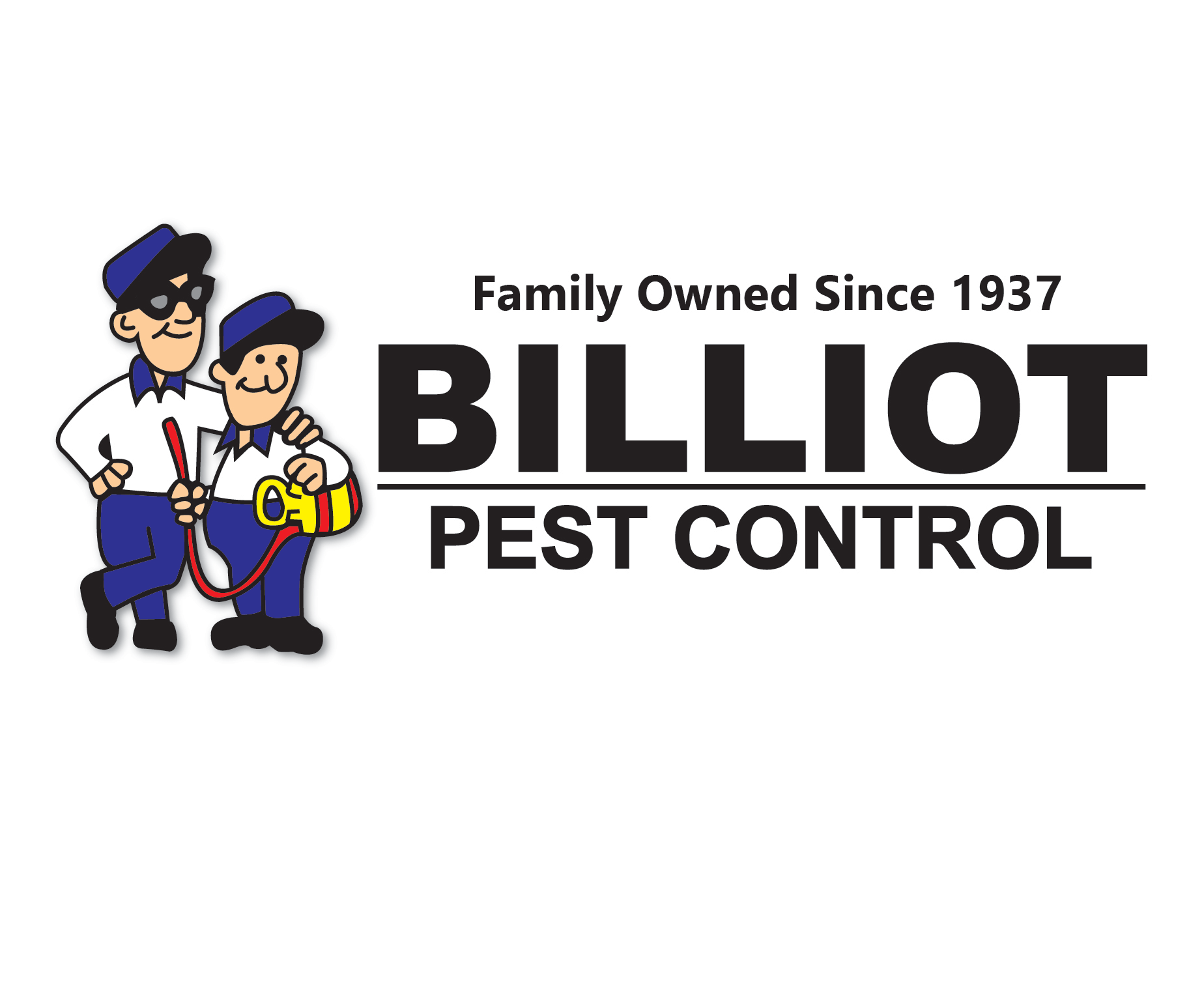Silverfish
Silverfish
Latin Name
Family Lepismatidae
Appearance
White to brown-grey or bluish-silver in color, silverfish are teardrop-shaped insects that measure up to12-19 mm in length. Three long bristles on rear. Grow from egg to adult without visible change in appearance.
Behavior, Diet & Habits
Capable of thriving in most climates, silverfish prefer to dwell in dark, damp areas such as basements, attics, kitchens and bathrooms. They are especially attracted to paper and damp clothing. Commonly found in stored boxes in garages and sheds.
Silverfish feed on carbohydrates, particularly sugars and starches. Cellulose, shampoos, glue in books, linen, silk and dead insects may be food sources. Have been found in unopened food packages.
Reproduction
Silverfish undergo love dances prior to mating. Males lay spermatophores, which are taken into the ovipositor of female specimens. Females’ egg numbers and habits vary, depending on species. One species lays a few eggs a day where as another species lays clusters of 2 to 20 eggs.
Signs of a Silverfish Infestation
Most often, homeowners detect silverfish when they find one on the floor or in a sink or bathtub. Their feeding damage also can indicate their presence, along with their tiny pepperlike feces.
Silverfish Prevention & Control in the Home
Silverfish are nocturnal and move very quickly. They are secretive, and the severity of an infestation may go unnoticed for long periods of time, allowing for exponential growth. Silverfish reproduce quickly.
Silverfish are known for their destructive feeding habits, oftentimes ruining papers, clothing and wallpaper. They commonly infest dark, damp areas around paper and linen sources. Silverfish infestations can be found in kitchens, laundry rooms, bathrooms, attics and basements.
Silverfish can survive in almost any environment, but they prefer areas with high humidity. Nymphs develop faster in areas that are humid. Therefore, one of the best ways to prevent an infestation is to control humidity. In crawl spaces, open vents and in basements, use baseboards with caulking. Silverfish consume a variety of foods, and stringent housekeeping practices may help prevent an infestation by limiting potential feeding sites.
However, if your home already hosts a silverfish population, hiring a professional who can create a customized approach is recommended. Traps and insecticides sold in stores will only kill individual insects and cannot address an entire infestation. Some people try to use cinnamon to repel silverfish from certain areas, but it does not kill the insects or their eggs.
Addressing a silverfish infestation requires treatment of both adult silverfish and their harborage. Most do-it-yourself remedies prove ineffective over time, with brief periods of relief followed by another infestation. There are a variety of silverfish traps on the market. However, these traps target individual insects and cannot prevent entire silverfish populations.
Silverfish infestations require professional treatment. Your local pest control expert will be able to assess the situation within your home and determine the most effective methods of extermination for your specific problem. At the first sign of a silverfish infestation, contact your local pest control professional.
Get A Free Estimate
Free Estimate Form Submission
Thank you for contacting us.
We will get back to you as soon as possible
We will get back to you as soon as possible
Oops, there was an error sending your message.
Please try again later
Please try again later
Click Here to Call Us

Southshore 504-365-0075 or Northshore 985-893-5083
©
Copyright
Billiot Pest Control


